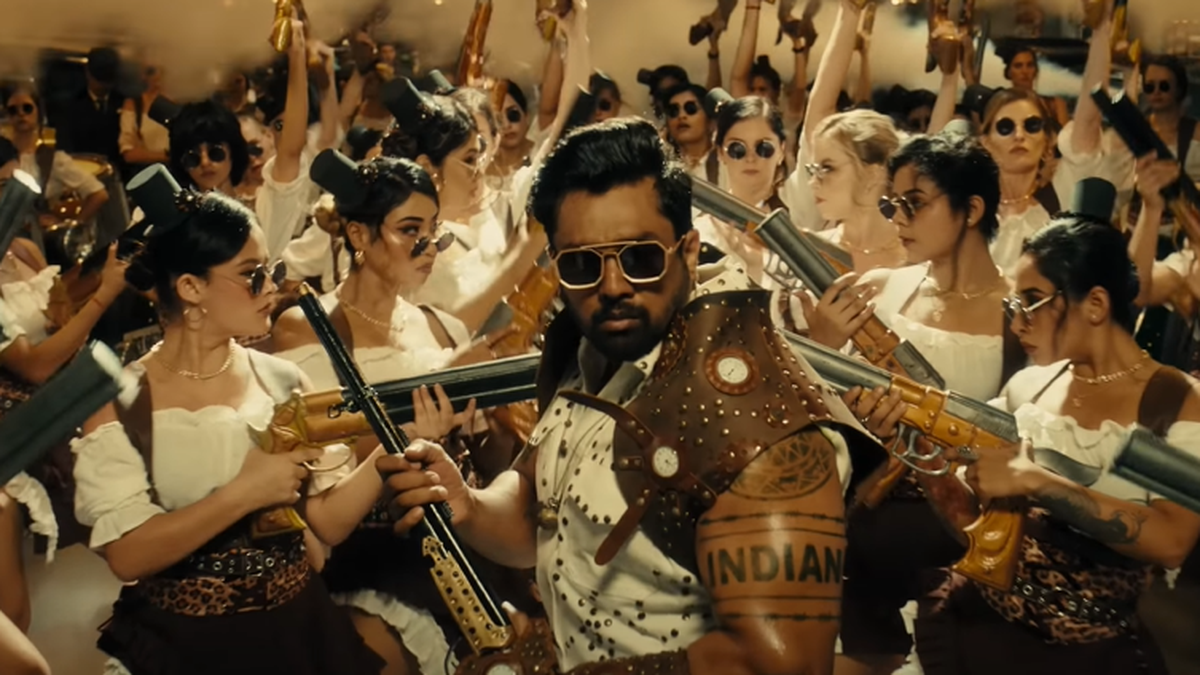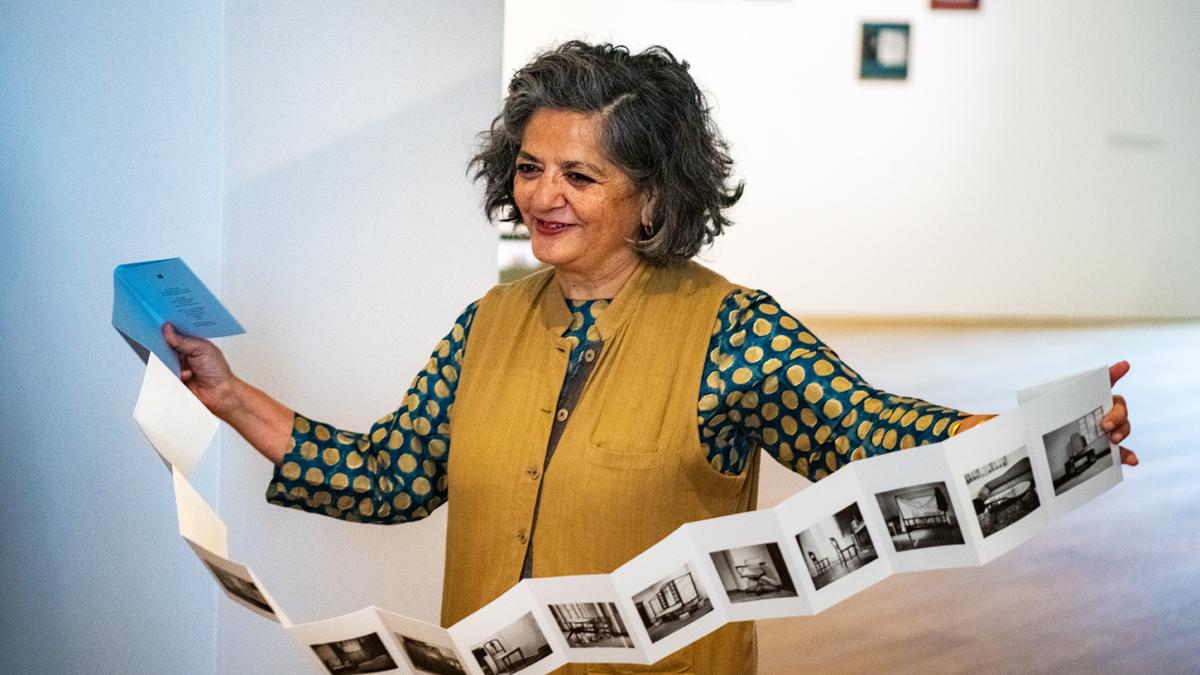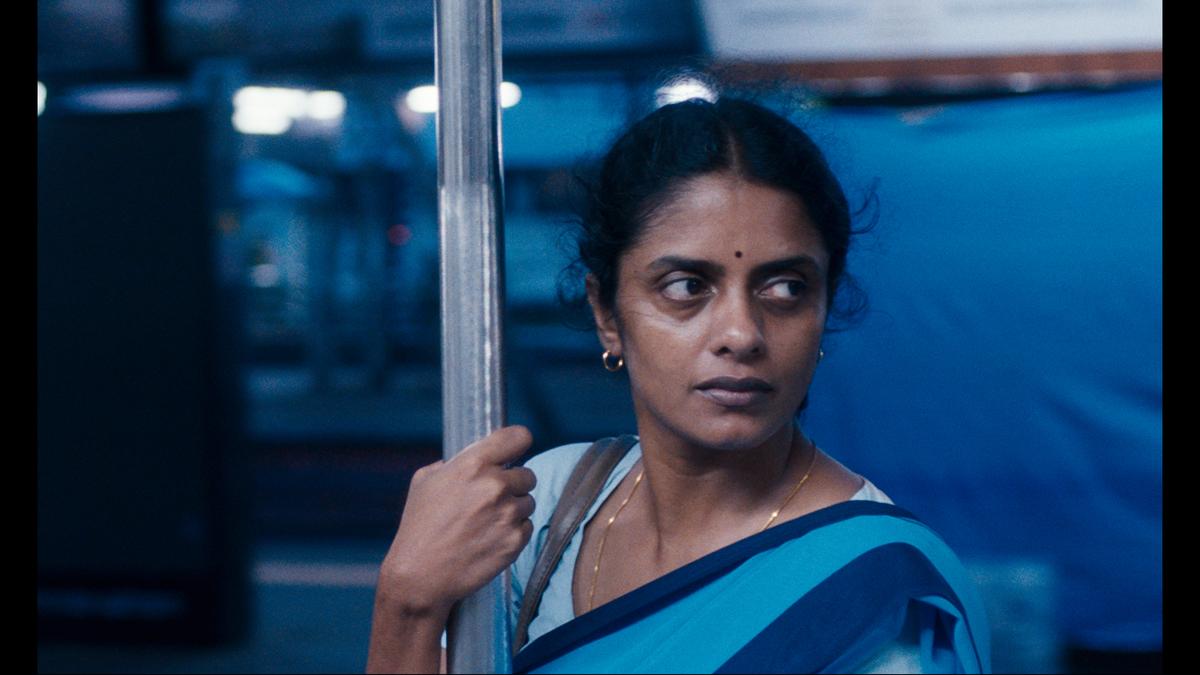
T.M. Krishna.
| Photo Credit: NARENDRA DANGIYA
Sumanasa Foundation hosted an art showcase at Puzhal Central Jail featuring performances and pieces created by incarcerated people to mark the completion of one year of the ‘Art in Prisons’ initiative.
Developed in collaboration with Project 39A, ‘Art in Prisons’ emphasises the significance of creativity in people’s lives and hopes to make art practices accessible to all. The project builds a safe space for those imprisoned to express their artistic ability, and also gain opportunities to learn visual arts including pottery and fine arts, music, and theatre, that could potentially help them after their release. To enable students to make the sessions a regular part of their routine, a model has been designed with the prison administration to ensure participants receive compensation on the days they attend classes.
The learning and training sessions have already encouraged conversations on art practices amongst students.
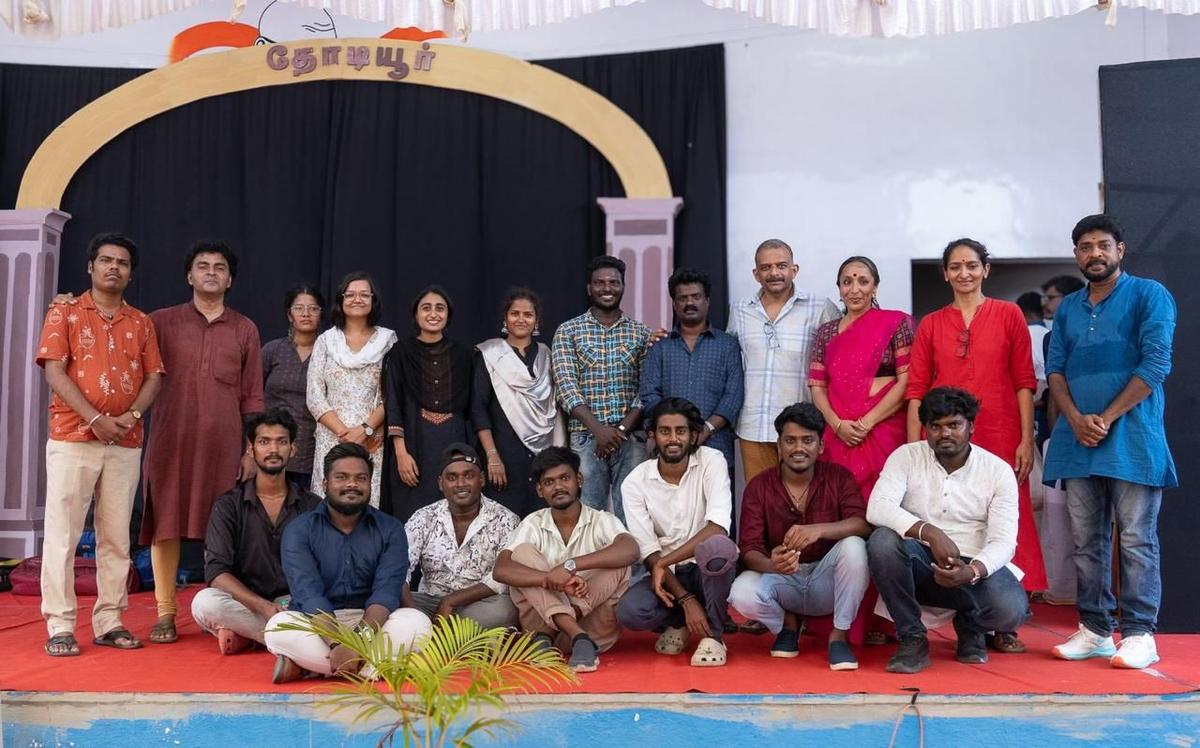
T.M. Krishna during the Art in Prison programme held at the Puzhal Central Jail recently.
| Photo Credit:
Special Arrangement
The recent showcase featured plays, musical performances, and art and craft exhibits within the space of Puzhal Central Jail that have been produced and perfected by the incarcerated students.
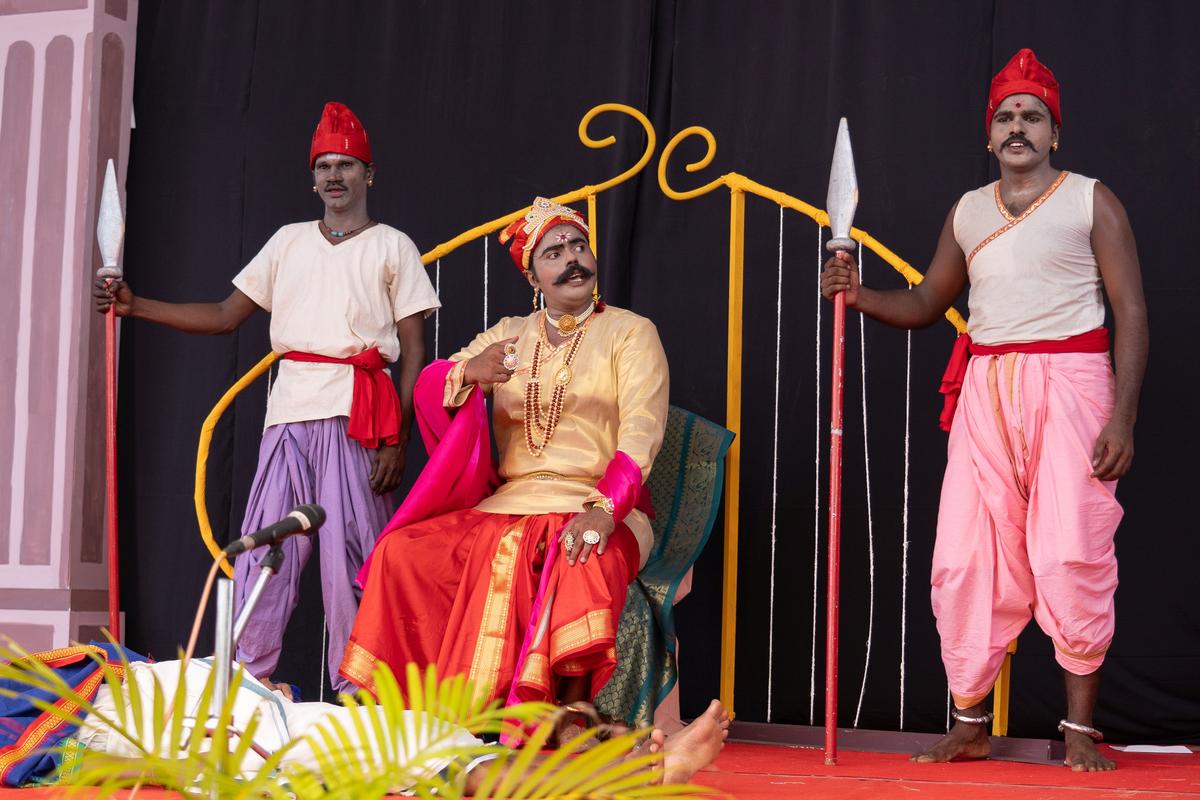
The Art in Prisons programme also featured plays.
| Photo Credit:
Special Arrangement
Research has shown that arts programmes have “a wide range of benefits” for prisoners and, among other aspects, allow them to “re-define their identity”. It motivates them to own their work and understand the skills they are building in the process.
Musician, Author and Sumanasa Foundation’s Trustee, T M Krishna says: “A prison is not a place that should be considered as separate from society. Art, which is part of our societal landscape, should be accessible to prison inmates. I do not see this project as a rehabilitation programme, but if inmates do feel that they have been enriched and transformed, then that has happened as a consequence of this project. Our philosophy is simple, everybody must be able to express themselves using the language of art. I do feel very strongly that in every prison there must be an ‘Art Block’ for visual arts, music, theatre and dance.” a m
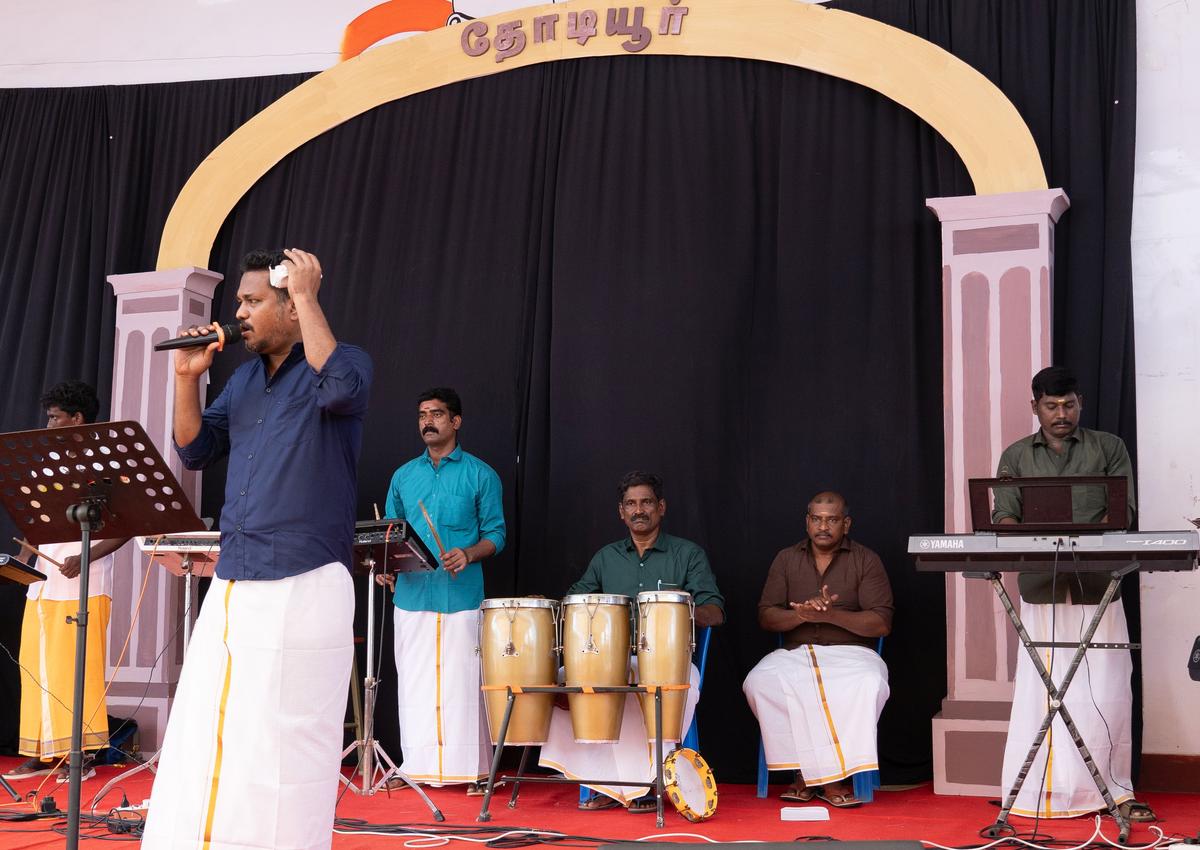
A music performance held at the Puzhal Central Jail, as part of ‘Art in Prisons’ initiative.
| Photo Credit:
Special Arrangement
Swaminathan, a theatre practitioner and facilitator part of the programme, says: “It was amazing to watch the transformation of a disparate group one year ago – to now, a team of ten actors helping each other, enjoying each other’s company and working hard to bring together a production. The theatre facilitators visited the prison and imparted several aspects of theatre training by incorporating different methods and adapting them for the prison inmates, their psyche and circumstances. It was a learning experience for trainers and trainees alike”
The Art in Prisons initiative has not only provided a platform for incarcerated individuals to express their creativity but has also shown the transformative power of art within prison walls.By fostering artistic talent, the project highlights the potential for developing new skills, self-discovery, and personal growth through creative engagement.
Published – October 17, 2024 06:30 pm IST









